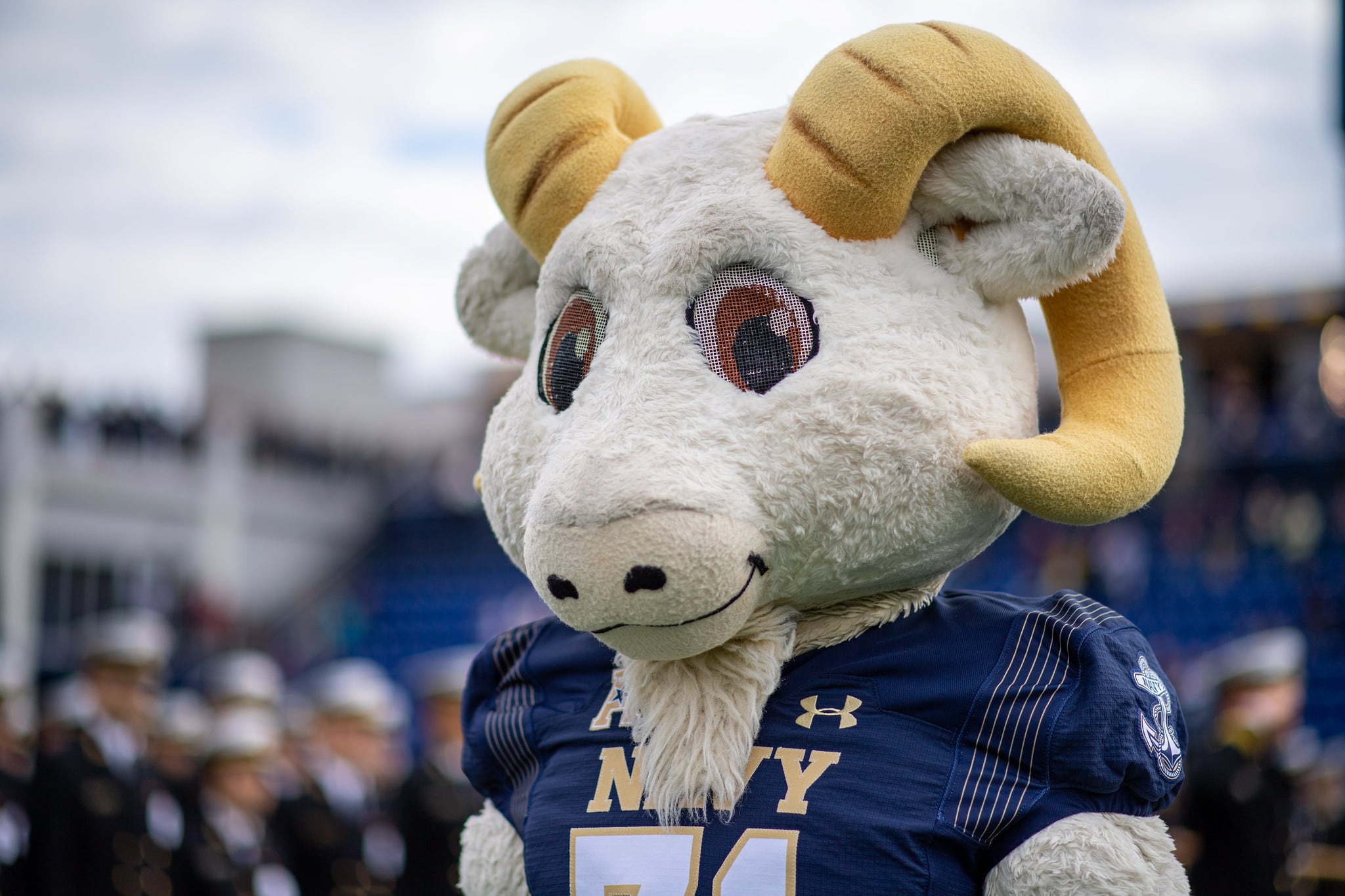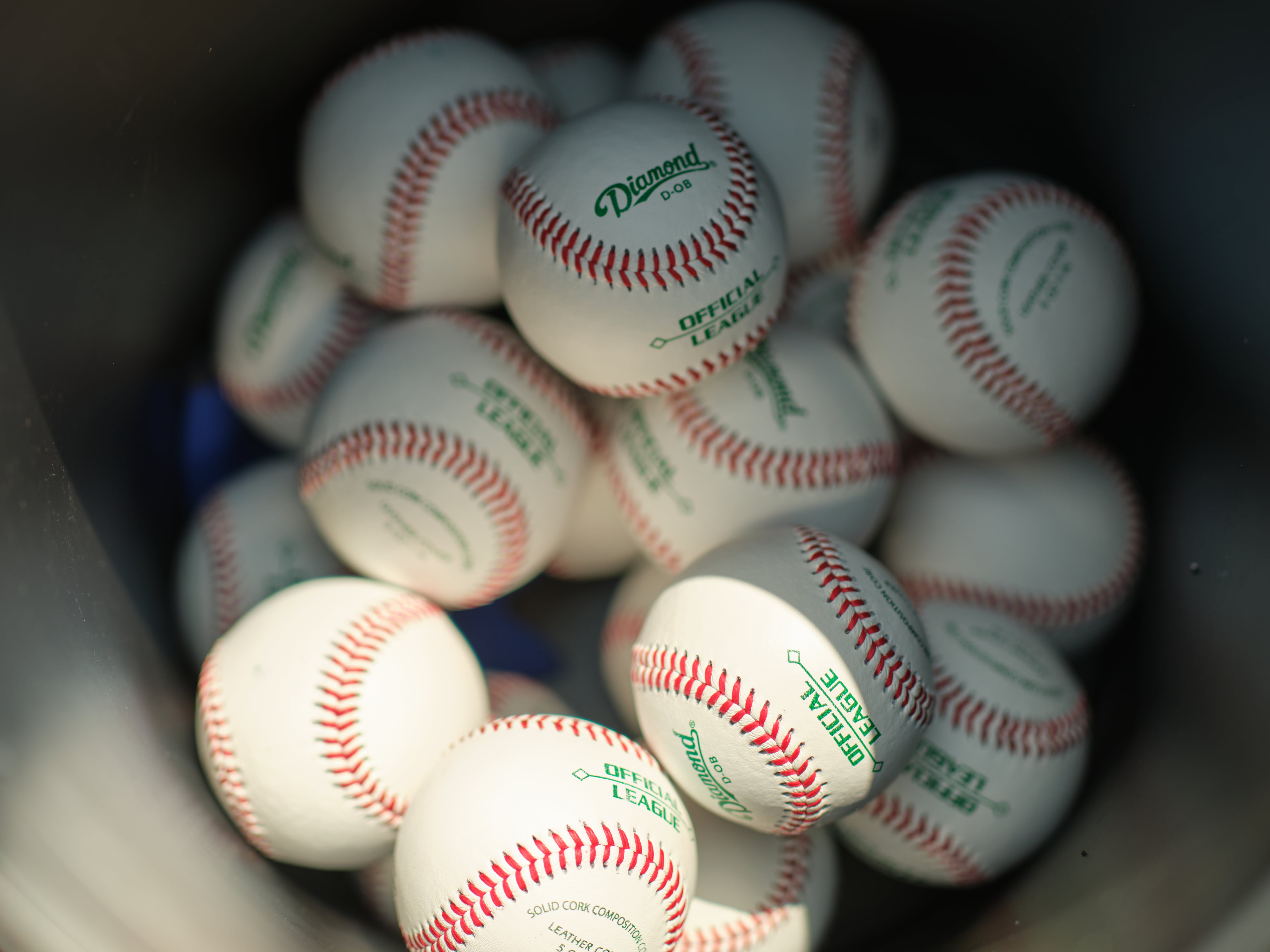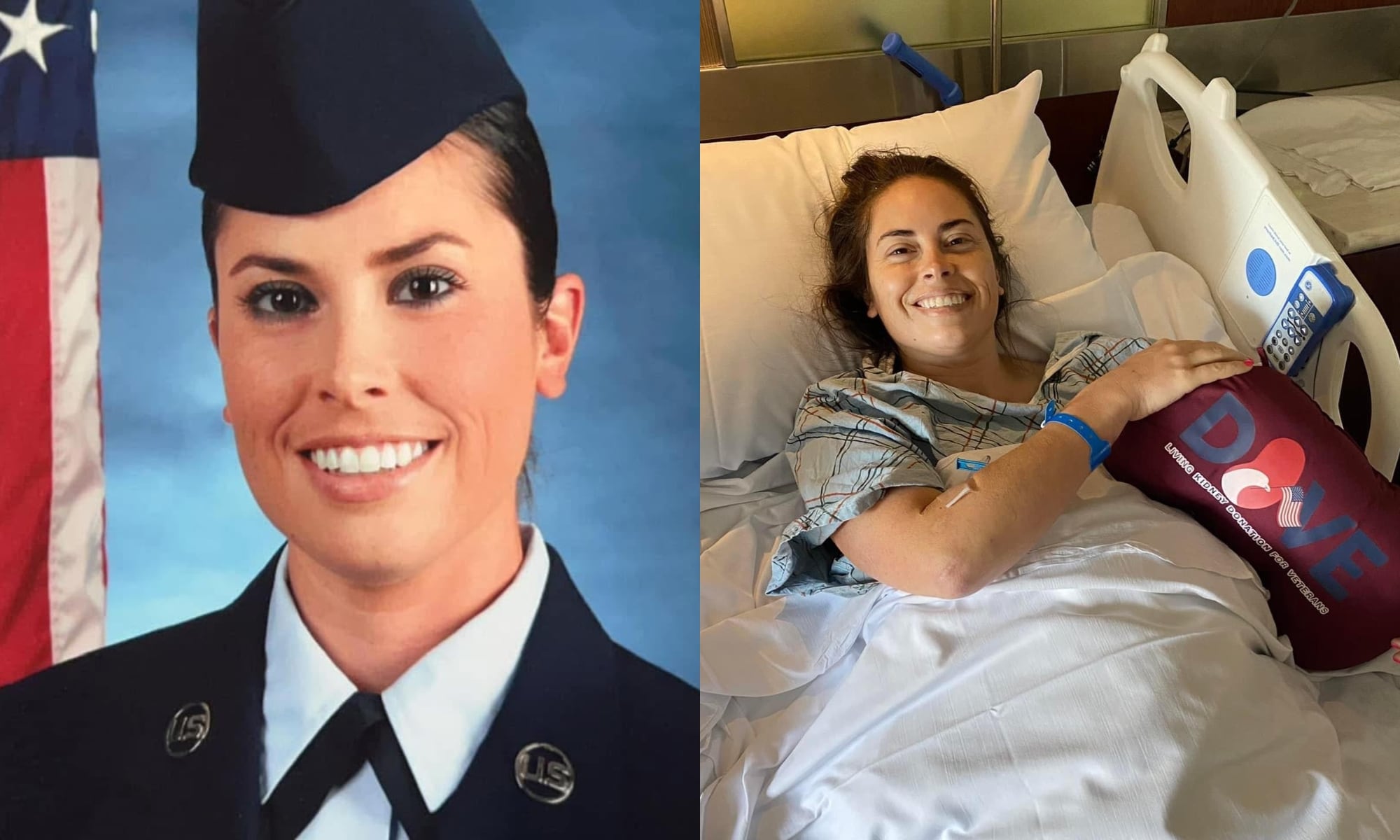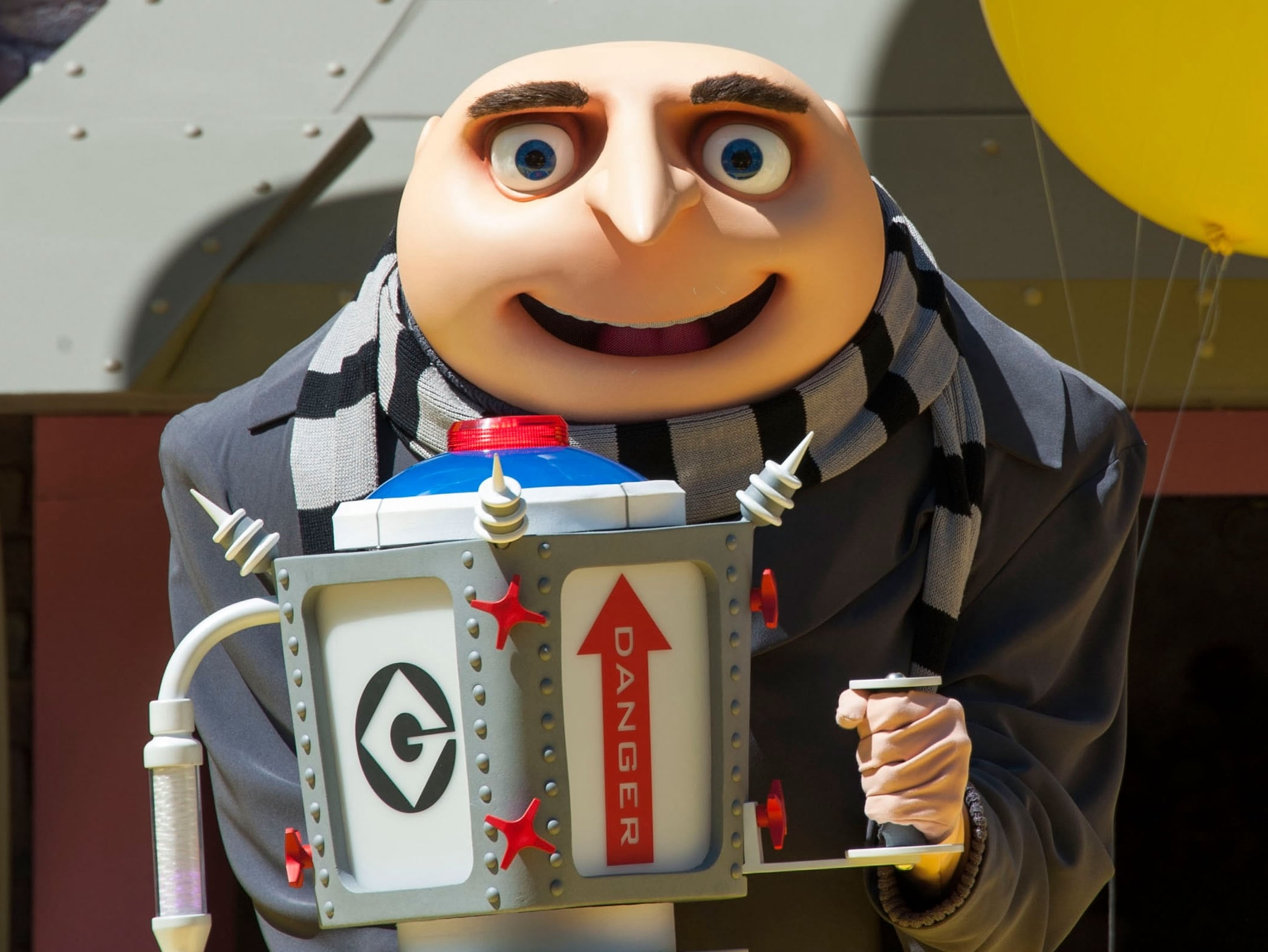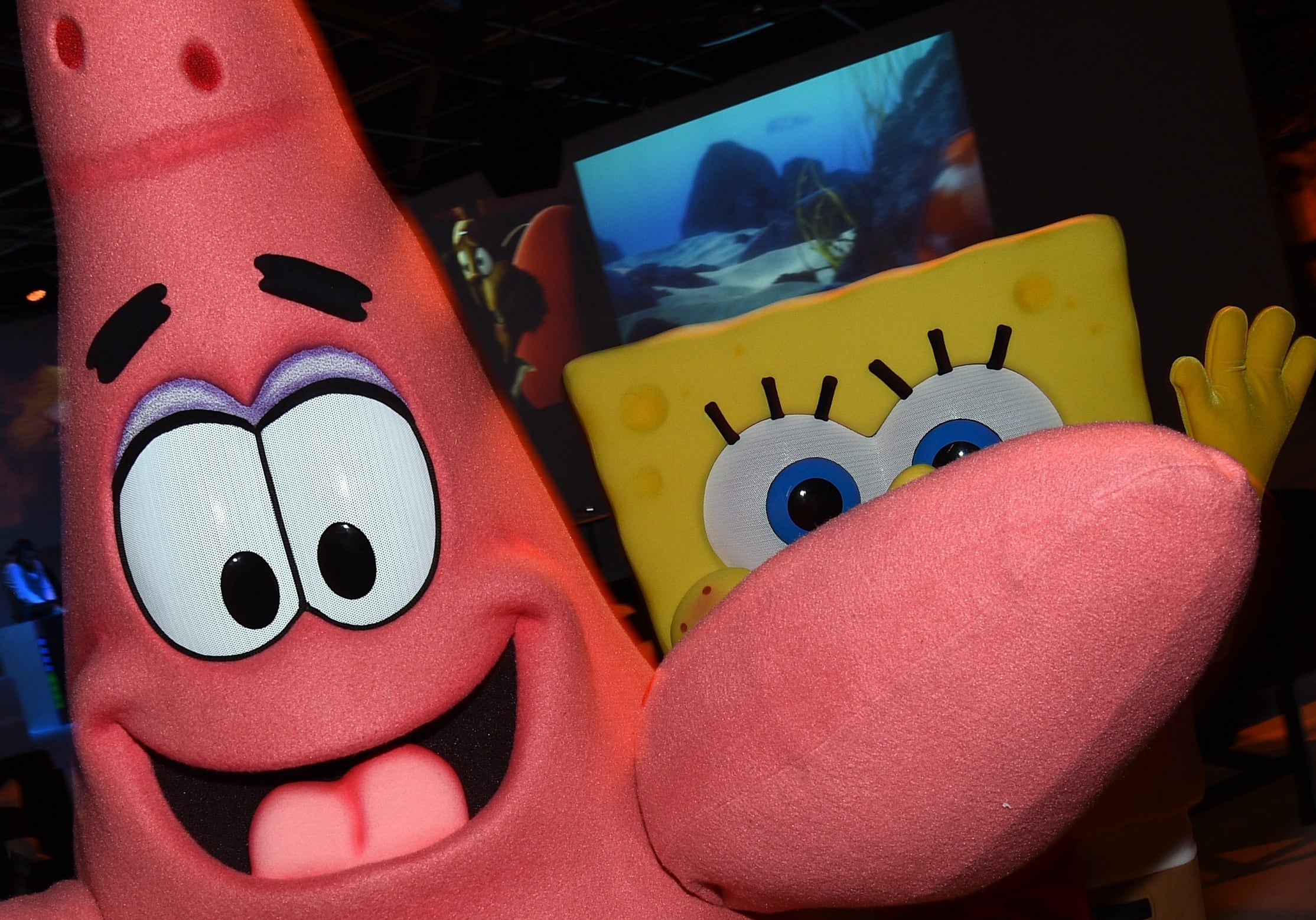According to legend, sailors aboard a Navy vessel that was docked at Baltimore were planning to take a beloved pet goat, who had died, to be taxidermied. Along the way, one of them suggested they stop off to see a Navy football game, but they had to bring the goat skin with them.
“While watching the first half of the game, one of the officers came up with an idea for some half-time entertainment,” according to Naval Academy history. “When half-time arrived, he romped up and down the sidelines cloaked with the goat skin barely covering his blue uniform.”
Navy won the game and attributed the luck to the goat. And in 1893, as part of the fourth Army-Navy clash, a live goat was officially made the academy’s mascot.
That proud tradition carries on today. Not only is there an actual goat, but Midshipmen also have the chance to join the mascot team and don the horned headdress to serve as “Bill the Goat.”
Last year, the captain of that team was now-Ensign Grant Vigneault.
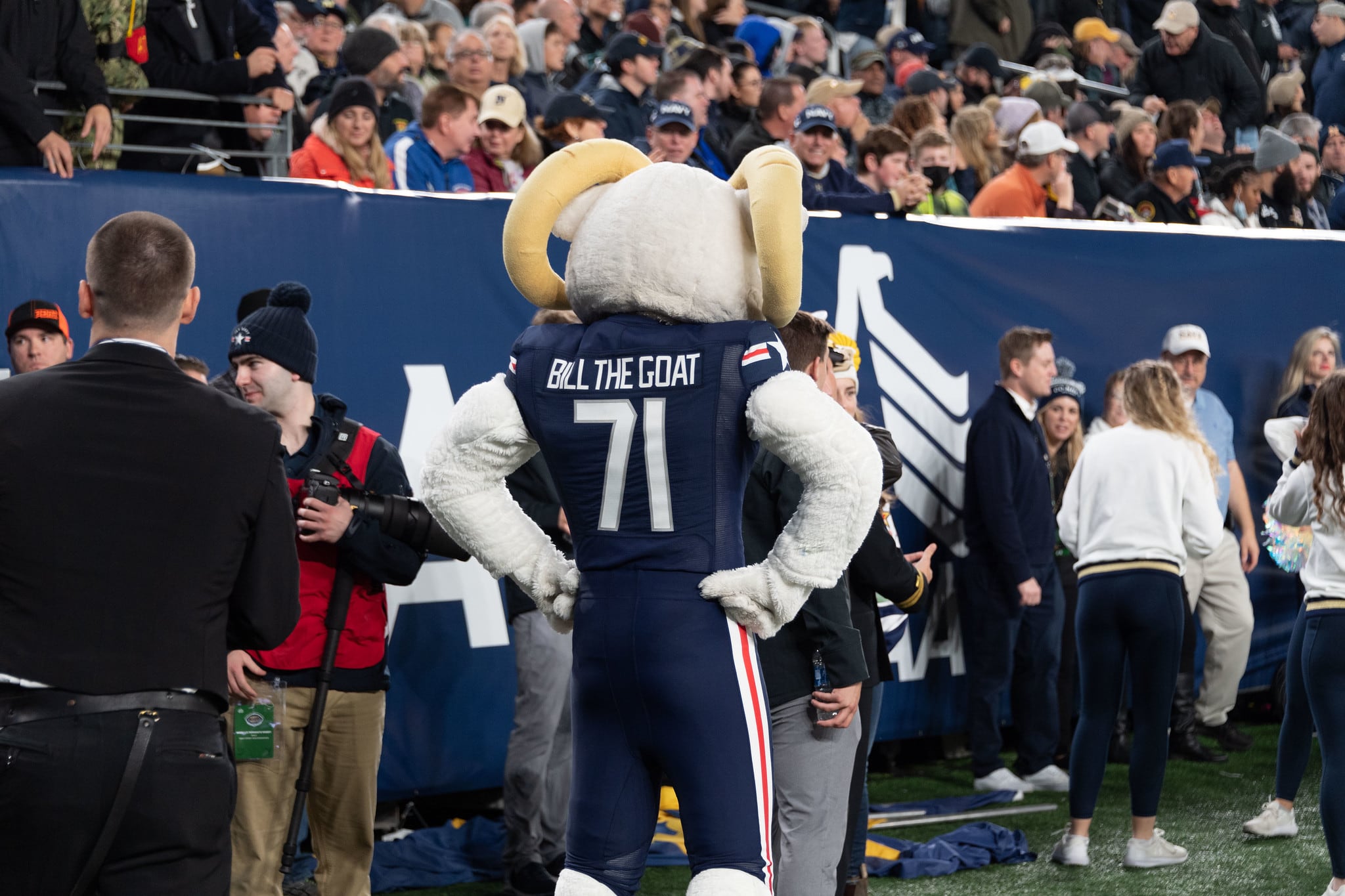
“It’s such a phenomenal group of people that just like to have fun,” he told Miltary Times. “Being a captain was more of a figurehead than anything else.”
Vigneault grew up playing baseball but left the sport behind when his Naval Academy tenure began. The ensign, who described himself as a “bubbly, outgoing guy,” enjoyed athletics in general, so when a friend approached him about being a mascot, Vigneault said, “Sure, why not?”
“This friend of mine shoots me a text saying, ‘Hey, there’s gonna be a mascot trial. What do you think about coming out and give it a shot?’” he joked. “I just kind of just threw my arms up in the air and thought, ‘Sounds fun.’”
Serving as a mascot does involve a certain level of athleticism and endurance. The suit is warm and heavy, and mascots do quite a bit of physical activity in costume.
“It’s hot, it’s sweaty, it’s gross, it’s 30 to 40 degrees hotter inside that suit than anywhere else in the stadium,” Vigneault said. “You will show up to a game day in shorts and a t-shirt for a mid September game knowing it’s gonna be 100 degrees out.”
Because of the mask, no one knows who the mascot is. Per Naval Academy tradition, the midshipmen who serve on the mascot team do not reveal their identities to the student body until the homecoming game during their senior year.
Despite the anonymity, wearing the Bill the Goat suit gave Vigneault a sense of purpose and pride during his four years at the Naval Academy, and it was, frankly, a lot of fun, he noted.
“You get to see the smallest children line up with just the biggest smiles you’ve ever seen because the mascot came around a gave them a high five or patted them on the head or something like that.”
And it’s not just the kids who appreciate having a fuzzy goat out on the field.
RELATED

“Old grads and friends of old grads are just enamored by the mascot,” Vigneault said. “You get to spend hours at games and tailgates with people who are so genuinely happy to see you.”
The Naval Academy class of 1971, in particular, loves Bill the Goat. In fact, its members are the goat’s biggest benefactor. It’s the reason why Bill sports the number 71 on his jersey.
The best part, though, is working the Army-Navy game, Vigneault said.
“Running on the field at the Army-Navy game last year, wearing the brand new aviation uniforms — that was just the most incredible feeling taking the field with 75,000 people looking at you,” he said. “That was awesome.”
The Army-Navy game will be held in Philadelphia on Dec. 10.
Sarah Sicard is a Senior Editor with Military Times. She previously served as the Digitial Editor of Military Times and the Army Times Editor. Other work can be found at National Defense Magazine, Task & Purpose, and Defense News.
In Other News





